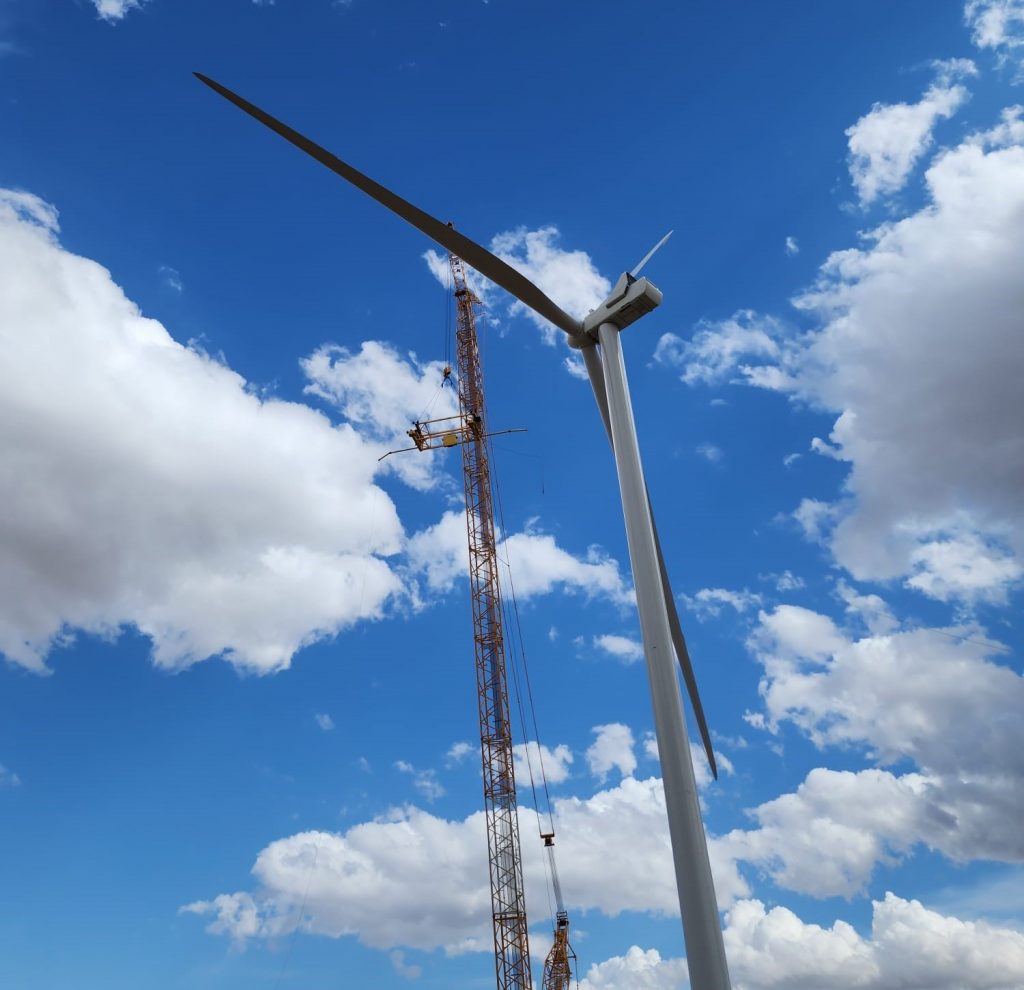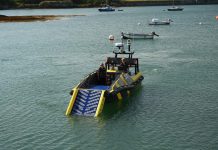Sarens, a leader in heavy lifting, engineered transport, and crane rental services, recently worked on maintenance at the Whitla Wind facility, the largest in Alberta. In this case, Sarens’ engineering team was in charge of the lifting of the blades, rotors, gearboxes and main shafts for four turbines (T-79, T-89, T-91 and T-7).

The hub height of each tower is measured at 105 meters and the average weight of the components came in at 31 tons. The Whitla Wind facility has an installed capacity of 352.8 MW, which allows it to generate enough energy to power more than 100,000 homes per year. Located in Forty Mile County, it consists of 98 Vestas V136 wind turbines of 3.6 MW each, with a hub height of 105 meters and a rotor diameter of 136 meters.
According to Capital Power, the company that owns and operates the project, Whitla Wind will prevent the emission of more than 1 million tons of CO2 per year, equivalent to taking more than 200,000 vehicles off the road. Taking into account the variables to be considered such as component weight, tower height, and access for machinery assembly, the Sarens team of experts selected the Demag CC 2800 Crawler Crane configured with 108-meter Main Boom, 12-meter Luffing Jib, 120Te Main CWT, 20Te Carbody CWT, and 110Te Superlift CWT. This crane was selected because of the height of the towers, as this particular configuration would allow for a boom tip height of 120 meters while remaining under 75 percent of the crane’s lifting capacity.
The Whitla turbines are connected to an electrical substation, from where the power is transmitted to the provincial grid via a 240 kV, 34 km high voltage line. The project has a remote-control supervision system, which allows the turbines to be monitored and operated from a centralized control center, ensuring safe and efficient operation.
Sarens has a long history of developing wind projects in Canada. These include the Golden South Wind Project in Assiniboia and the Blue Hill Project in Saskatchewan.
More info www.sarens.com

























